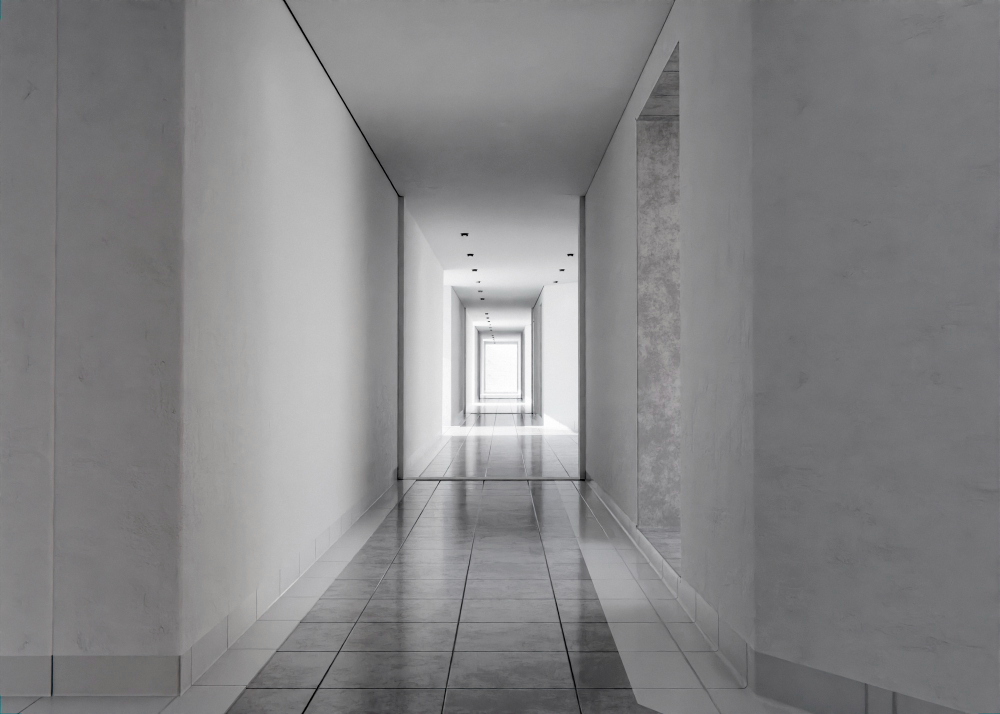Achieving a smooth and flawless finish when plafonnage or plastering, is the goal of every homeowner and professional alike. Whether you’re renovating a room or finishing new construction, mastering the art of plafonnage can significantly enhance the aesthetic appeal of your walls and ceilings. In this blog, we’ll explore essential tips and techniques to help you achieve that perfect finish. From preparing your surfaces to choosing the right tools and materials, each step plays a crucial role in the final result. Whether you’re dealing with minor imperfections or aiming for a seamless look across large surfaces, these insights will guide you through the process. By the end, you’ll have the knowledge and confidence to tackle plafonnage projects with skill and precision, ensuring your interiors reflect a professional standard of craftsmanship. Let’s dive into these tips to transform your space with a smooth, impeccable finish.
Choosing the Right Plaster Material

Selecting the appropriate plaster material is one of the most crucial steps in ensuring a successful plafonnage project. Different types of plaster offer varying benefits and are suitable for different applications. Understanding the properties, advantages, and best uses of each type will help you make an informed decision and achieve a smooth, durable finish.
Gypsum Plaster
Gypsum plaster is widely used for indoor applications due to its smooth finish and quick drying time. It is made from gypsum, a naturally occurring mineral, which is processed and heated to remove moisture. Gypsum plaster is easy to work with and provides an excellent base for painting or wallpapering. It also has good fire resistance and sound insulation properties. However, it is not suitable for damp or high-moisture areas, as it can absorb water and deteriorate.
Lime Plaster
Lime plaster, made from lime and sand, has been used for centuries and is known for its breathability and flexibility. It allows moisture to escape from walls, making it ideal for older buildings and structures that need to breathe. Lime plaster is also less prone to cracking compared to other types of plaster. It has a longer curing time but provides a durable and aesthetically pleasing finish. Lime plaster is best used in heritage restoration projects or where a traditional look is desired.
Cement Plaster
Cement plaster is a mixture of cement, sand, and water, offering a robust and durable finish suitable for both interior and exterior surfaces. It is highly resistant to moisture and weathering, making it ideal for outdoor applications. Cement plaster can be used on walls, ceilings, and floors, providing a strong base for further finishes. However, it requires careful application and curing to prevent cracks, and it is heavier and more challenging to work with than other plaster types.
Clay Plaster
Clay plaster is an eco-friendly option made from natural clay, sand, and sometimes straw. It is highly sustainable, non-toxic, and offers excellent thermal and acoustic properties. Clay plaster is breathable, regulating indoor humidity and providing a healthy living environment. It is suitable for both modern and traditional buildings and can be used to create unique textures and finishes. However, it is less durable than cement plaster and may require periodic maintenance.
Acrylic Plaster
Acrylic plaster is a synthetic option that contains acrylic resins, providing flexibility and durability. It is easy to apply and dries quickly, making it a popular choice for modern construction projects. Acrylic plaster can be used on a variety of surfaces, including concrete, brick, and drywall. It is resistant to cracking and weathering, making it suitable for both interior and exterior use. However, it may not be as breathable as natural plasters and can be more expensive.
Achieving a Smooth Finish
Achieving a smooth finish in plafonnage is essential for creating a professional and aesthetically pleasing look. A flawless surface not only enhances the visual appeal but also provides a perfect base for painting or other decorative treatments. Here are eight crucial steps to help you achieve a smooth plaster finish.
Proper Surface Preparation
The foundation for a smooth finish begins with thorough surface preparation. Ensure the wall or ceiling is clean, dry, and free of dust, dirt, grease, and loose particles. Repair any cracks or holes with a suitable filler and sand them smooth. Removing old paint or wallpaper and applying a bonding agent or primer will improve plaster adhesion and create an even base.
Using Quality Tools
Using the right tools is critical for a smooth plaster finish. Invest in high-quality trowels, hawks, mixing buckets, and sponges. A good plastering trowel should have a stainless steel blade and a comfortable handle for better control and reduced fatigue. Clean your tools before starting and between coats to avoid contamination and achieve consistent results.
Mixing Plaster Correctly
Achieving the right plaster consistency is vital. Follow the manufacturer’s instructions for the correct water-to-plaster ratio. Mix the plaster thoroughly, ensuring there are no lumps, to create a smooth, creamy consistency. Use clean water and mixing tools to prevent impurities from affecting the plaster’s quality. Mixing small batches ensures the plaster doesn’t set before you can apply it.
Applying the First Coat
Start by applying a thin, even coat of plaster to the surface using a trowel. Hold the trowel at a slight angle and use sweeping, consistent strokes to spread the plaster. Work in small sections to maintain control and ensure even coverage. The first coat, known as the “scratch coat,” provides a base for subsequent layers and should be allowed to partially set before smoothing.
Smoothing the First Coat
After applying the first coat, smooth it out using a wet sponge or trowel. This process, called “laying down,” involves gentle pressure to flatten ridges and fill in low spots. Keeping the trowel or sponge clean and slightly damp helps to avoid dragging the plaster and creating new imperfections. Allow the first coat to firm up before applying the second coat.
Finishing Touches and Decoration
After achieving a smooth plaster finish, the final touches and decorations are crucial for bringing your space to life. Properly finishing and decorating plastered surfaces can enhance their durability and aesthetic appeal. Here are key points to consider for perfect finishing touches and decoration.
- Sanding for Smoothness: Lightly sand the dried plaster with fine-grit sandpaper to eliminate any minor imperfections. Ensure a perfectly smooth surface before proceeding to decoration.
- Cleaning the Surface: Wipe down the plastered surface with a damp cloth to remove any dust or debris. A clean surface ensures better adhesion for paint or other finishes.
- 3. Applying a Primer: Use a high-quality primer to seal the plaster and provide a uniform base for paint. Priming helps in enhancing the adhesion and longevity of the topcoat.
- 4. Choosing the Right Paint: Select the appropriate type of paint for your room’s needs. For high-moisture areas, use moisture-resistant paint; for high-traffic areas, consider durable, washable paint.
- 5. Painting Techniques: Apply paint using smooth, even strokes with a roller or brush. For best results, use two coats, allowing the first coat to dry completely before applying the second.
Conclusion
Achieving a smooth and flawless plafonnage finish requires attention to detail and adherence to proven techniques. By following the tips outlined in this blog, including proper surface preparation, using high-quality materials, and applying techniques like double-coating and feathering, you can significantly enhance the final look of your plastered walls and ceilings. Remember, patience and precision are key when it comes to achieving professional results.
If you have any questions or need further guidance on plafonnage techniques, feel free to reach out to us at Bruxelles Plafonnage BEL MRSC. Our expert team in Bruxelles, Belgium, is dedicated to providing you with top-notch plastering services and advice tailored to your specific needs. Whether it’s a residential renovation project or a commercial construction endeavor, we are here to help you achieve a smooth and aesthetically pleasing finish. Contact us today at +3246020154 or visit our website for more information on our services and how we can assist you with your plafonnage needs.


